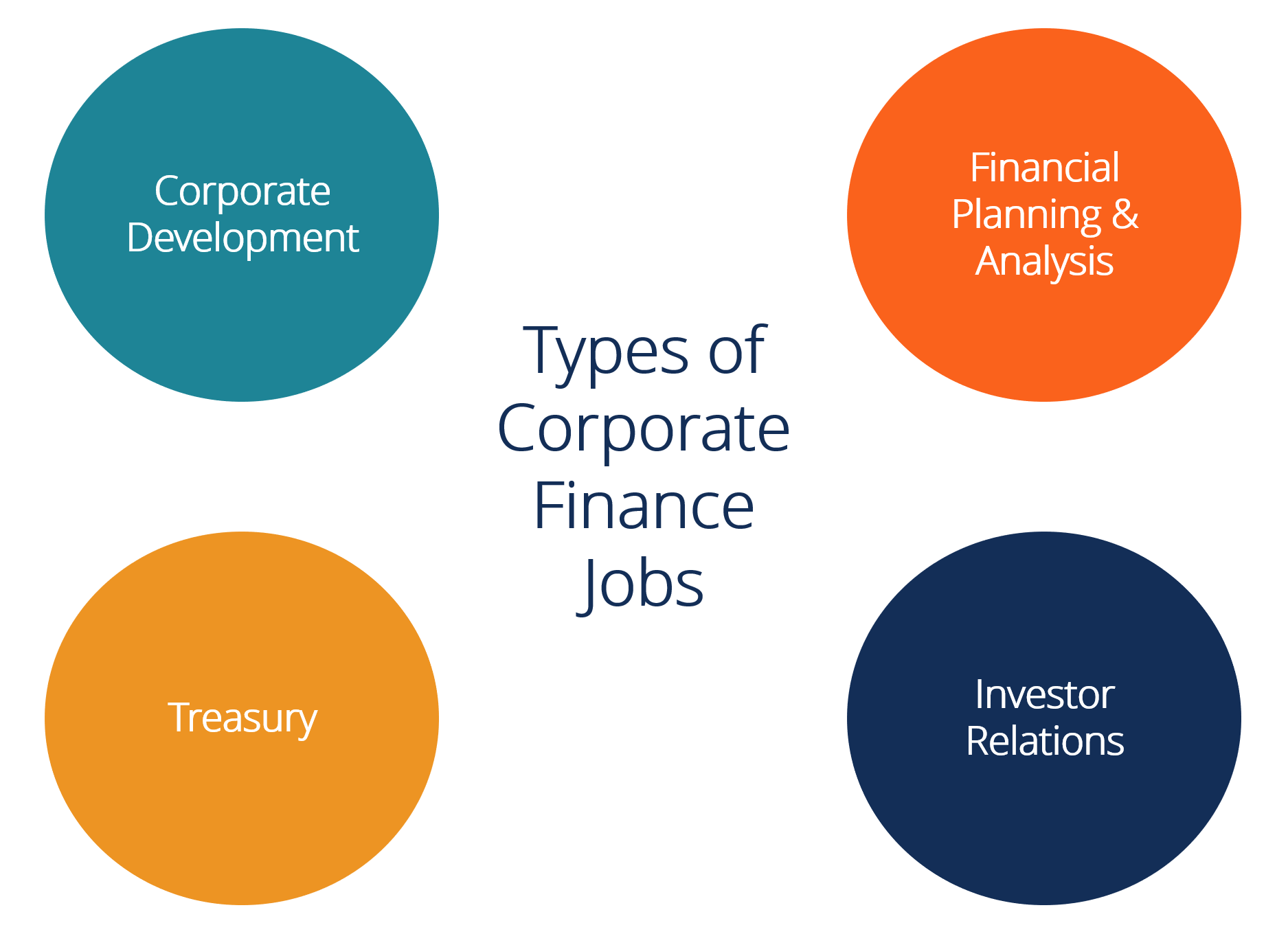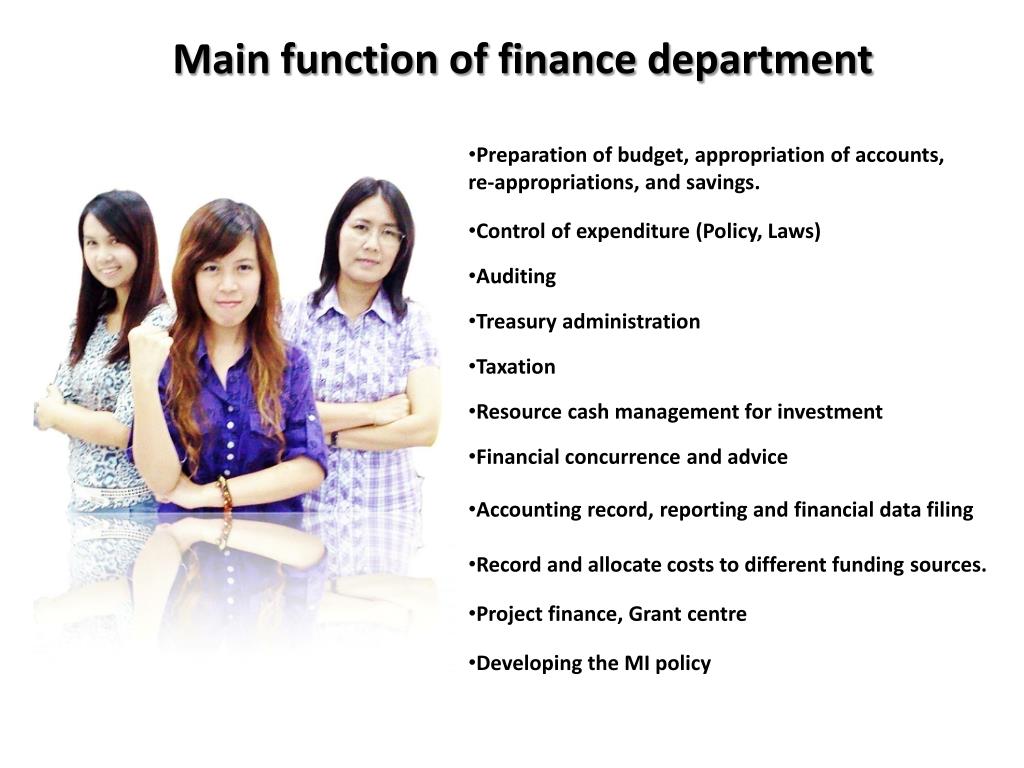In banking, ACH represents Automated Cleaning House, which is a network that coordinates electronic payments and automated money transfers. ACH is a method to move money in between banks without using paper checks, wire transfers, credit card networks, or money. References to ACH can indicate several things, depending on where you see it. On declarations or in your deal history, ACH suggests that an electronic payment has actually been made to or from your account using your bank account information - How long can you finance a used car. Common examples of ACH transfers appear below. For any ACH transfer to move funds to or from your account, you should license those transfers and offer your bank account and routing numbers.
Other terms include e, Checks, EFT, or Automobile, Pay. Rather of writing a check or entering a credit card number every time you pay, you can provide your monitoring account information and pay straight from your account. In some cases, you manage when payment occurs (the funds only move when you ask for a payment). In other cases, your biller automatically pulls funds from your account when your expense is due, so you need to be sure you have funds readily available in your account. Watch on your accounts and when different payments go through, even though payments are automatic.
There's no need to manually manage payments (on your part or the biller's). ACH is a "batch" processing system that deals with countless payments at the end of the day. The network utilizes 2 central "clearing homes." All requests run through either The Federal Reserve or The Clearing Home. This enables effective matching and processing among various monetary organizations. You probably have more experience with ACH than you recognize. People and companies utilize ACH for daily deals such as: Direct deposit of your wages (from your employer to your checking account) Automatic payment of recurring bills such as energy bills, insurance coverage premiums, and Homeowners Association (HOA) charges.
Payments from services to vendors and suppliers Moving cash from your brick-and-mortar bank to your online bank Similar to any technology, using ACH implies welcoming the benefits and drawbacks. Let's review those below. Pros Make money quicker with an automated payment, and without awaiting a check to clear Automating bill payments to prevent late costs and missed payments Making online purchases without needing to use a credit card or check Decrease paper records that carry delicate banking details Generates income transfers simple with minimal labor and expense Allows employee payments without printing checks, stuffing envelopes or spending for postage Facilitates routine customer payments without having to transfer actual paper checks to the bank Has lower charges than credit card payments Electronic procedure makes supplier and provider payments easier and quicker, while keeping electronic records of all deals Automated deals may can you sell your timeshare back to the resort be less vulnerable to mistake than a manual monthly job Cons Business have direct access to your savings account Automobile payments are subtracted whether you have the funds in your account, which can trigger overdraft fees Allows other business to have a direct link to your bank account Clients can reverse their payments, although not as easily as with a charge card Need to timeshare rescission letter keep an eye on the deals for scams, as company accounts have less defenses than customer accounts Companies might require to purchase software and buy training to process ACH payments If you're an individual you may delight in: Earning money by your employer quickly, securely, and reliably.

Automating your payments, so you always remember to pay (and your payments show up on time) Making purchases online without using a check or credit card. You pay rapidly and prevent credit card processing charges. Minimizing the variety of papers drifting around with your bank account details. This helps decrease the possibilities of scams in your accounts. The primary downside for consumers is that establishing ACH offers businesses with direct access to your monitoring account. They take the money to pay your costs whether you're all set to pay or not. If you're short on funds, you may prefer to pay a different method.

The Best Guide To What Does Ear Stand For In Finance
For more details on how customers utilize ACH, checked out about setting up ACH debit. If you run a company you benefit from: An affordable, non-labor-intensive way to transfer cash Paying staff members without the need to print checks or pay postage Getting consumer payments easily, quickly, and regularlyno more cash-flow crunches depending on when you can get to the bank Processing fees that are lower than credit card swipe charges Earning money by vendorsor paying suppliersin a manner in which's safe and easy to track (there's an instantaneous electronic record of every transaction) Organizations face the exact same issue as customers: There's a direct link to your bank account, and any mistakes or unanticipated withdrawals can cause problems.
That being stated, it's more difficult to reverse an ACH payment than it is to reverse a credit card payment. Organizations require to be especially watchful about monitoring for scams. Customers delight in a high degree of security versus errors and fraud in their checking accounts, but service accounts do not receive the very same level of security. If funds leave your account, it may be your duty to recuperate the funds (or take the loss). Lastly, organizations may need to buy software application or invest time and resources into transitioning to ACH transfers. Nevertheless, they'll more than likely recoup those costs easily over the long run.
The ACH system is a network of computers that communicate with each other to make payments occur. Two sets of computers are at work for each payment: The side that produces a request The side that pleases the request (presuming all works out, which it generally does) Utilizing direct deposit as an example, a company (through the employer's bank) creates a request to send out cash to a worker's account. The employer is referred to as the Originator, and the employer's bank is the Originating Depository Financial Institution (ODFI). That demand goes to an ACH Operator, which is a clearinghouse that gets numerous demands throughout the day, and then routes the request to its location. What is a cd in finance.
ACH deals take place in 2 types: are payments to a receiver, such as earnings from your get out of a timeshare employer or Social Security advantages paid into your checking account. are demands to pull funds from an account (What does ach stand for in finance). For example, direct payments happen when billers subtract utility costs automatically from your bank account. Currently, ACH transactions don't take place in real-time. Instead, banks utilize "batch processing" to process the entire day's worth of demands at once. As an outcome, you don't get paid right away after your company authorizes payment. Rather, the transaction takes one or 2 organization days to move through the system. There are plans to speed up ACH payments, and same-day payments have currently started for selected transactions.